Drip, drip, dread: What your ceiling is trying to tell you
March 29, 2025 at 6:00 a.m.By Elite Roofing.
Don’t wait for ceiling stains to tell you what your roof already knows.
Water stains on the ceiling aren’t just cosmetic — they’re your home’s way of sounding the alarm. Leaky roofs are more than a seasonal nuisance — they’re a warning sign that something’s gone wrong up top. Between brutal winter storms, waterfront winds and old urban infrastructure, your roof is taking a beating — and it might be trying to tell you it needs help. If you have ever looked up and seen a drip where there shouldn't be one, you're not alone. Here's what Elite Roofing believes every homeowner needs to know before that slow drip turns into a fast disaster.
Common causes of roof leaks
1 – Severe weather conditions
Dealing with extreme weather conditions can impact your roof year-round. From intense winter snowstorms to heavy spring rains, your area's climate can wear down roofing materials more quickly. The fluctuating temperatures cause roofing materials to expand and contract, which can lead to cracking and weakening. Some of the specific weather-related causes for roof leaks include:
- Winter ice dams: Heavy snow and freezing temperatures can cause ice dams to form along the roof's edges. These dams prevent water from properly draining off the roof, causing it to pool under shingles and seep into the attic or walls.
- Wind damage: Areas located along the waterfront can be particularly vulnerable to strong winds, especially during storms. High winds can lift shingles or tear off roofing materials, leaving your roof exposed to rainwater.
2 – Damaged or missing shingles
One of the most common causes of roof leaks is damaged, cracked or missing shingles. Shingles are the first line of defense against water intrusion. If any shingles are compromised — due to age, a storm or improper installation — the underlying layers of the roof become vulnerable to leaks.
- Cracked or curling shingles: Over time, shingles naturally age and begin to curl or crack, especially in areas with intense sunlight or fluctuating temperatures. These small openings can let water into your roof structure, leading to leaks.
- Missing shingles: During severe storms or high winds, shingles can be torn off completely, leaving gaps that water can easily penetrate.
3 – Clogged or damaged gutters
Gutters play a crucial role in directing rainwater away from your roof and foundation. In areas where debris from trees and nearby buildings can collect, it’s easy for gutters to become clogged. If gutters aren’t properly maintained, water can back up onto the roof, creating leaks or causing water to seep into the attic or walls.
- Debris buildup: Leaves, twigs and dirt can clog gutters, causing them to overflow. This can result in water pooling on your roof and seeping under shingles.
- Improper gutter sloping: If your gutters are not correctly angled, they may fail to direct water away from your roof effectively, leading to water infiltration.
4 – Flashing issues
Roof flashing is the metal material that seals roof joints, skylights, chimneys and vents. If flashing is improperly installed, corroded or damaged, it can leave gaps where water can enter your home. Flashing failure is one of the primary culprits of roof leaks, especially around chimney bases and vents, where water can pool and eventually make its way inside.
5 – Worn-out roof seals
Over time, the seals around roof penetrations such as vents, skylights and chimneys can break down due to UV exposure, weathering or wear and tear. As these seals weaken, they allow water to seep through and cause leaks. If you notice wet spots near skylights or other penetrations, it’s likely a problem with your roof seals.
6 – Poor roof installation or previous poor repairs
Improper installation of roofing materials can leave your roof vulnerable to leaks. Whether it’s improper shingle overlap or incorrect flashing installation, a poorly installed roof won’t stand up well against the elements. Additionally, previous repair work may not have been performed correctly, leading to recurring leaks or worsening damage.
- Inexperienced roofers: If your roof was installed or repaired by an unqualified contractor, there’s a higher likelihood of issues arising.
- Previous leaks: If your roof was leaking in the past and the issue was not properly addressed, it’s possible that the problem may return or worsen over time.
How to identify and fix roof leaks
If you suspect that your roof is leaking, it’s essential to act fast to minimize damage to your home. Here are a few steps you can take:
1 – Identify the source of the leak
- Inspect your roof: Look for damaged shingles, cracked flashing or other visible signs of damage. A professional roofer can help identify hidden issues.
- Check the attic: If you have access to your attic, check for water stains, dampness or mold, which can indicate a roof leak. Often, the source of the leak can be traced to the area above where you see the damage.
2 – Temporary fixes
If you’re unable to schedule a professional roof inspection immediately, you can take some temporary measures to minimize the damage:
- Use a tarp: If a major leak has caused water to enter your home, cover the affected area with a tarp to prevent further water intrusion.
- Seal the leak: If you can pinpoint a small crack or hole, you can temporarily seal it with roofing tape or a patching compound to minimize water entry until a permanent repair can be made.
3 – Professional roofing services
- Roof inspection: Contact a licensed and experienced roofing contractor to perform a thorough inspection of your roof. They can pinpoint the cause of the leak and recommend the best course of action.
- Roof repair or replacement: If the damage is significant, a full roof replacement might be necessary. An experienced contractor will assess the extent of the damage and provide a solution that suits your home and budget.
- Regular maintenance: Prevent future leaks by scheduling routine roof inspections, especially after severe weather events. Regular cleaning of gutters and checking for damaged shingles can prevent many common roof issues.
Conclusion: Prevent leaks with proactive roof care
Roof leaks are a common problem, but with proper maintenance and prompt attention, they can be prevented or repaired before they cause significant damage to your home. The key is to stay proactive — ensure your roof is inspected regularly, especially after extreme weather and address any issues as soon as they arise.
Original article and photo source: Elite Roofing
Disclaimer: The information provided on AskARoofer.com or information sent by emails is the opinion of the writers. It is the responsibility of the reader to check for accuracy in one's own jurisdiction, as there are different codes and restrictions for different parts of the country. AskARoofer.com does not accept any liability for the use of information on this website or email. AskARoofer.com has no controls over product failures, installation, or climate conditions that may change the roofing process in your area. Our information is in general to our area and cannot be the same as your local town or state. It is advised to seek the local Building Department, Licensed Contractor and local Product Representative for proper installation requirements and code enforcement when installing a new roof.
Have a question? AskARoofer.
Find your local roofing contractor in the RoofersCoffeeShop® Contractor Directory.
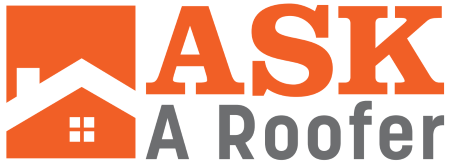
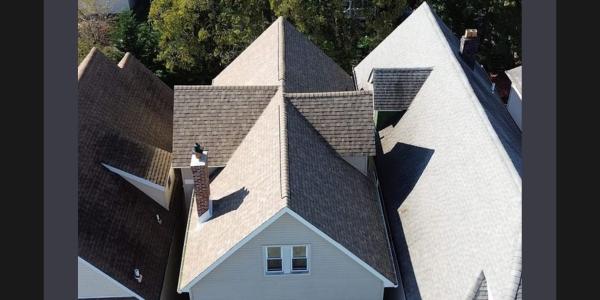
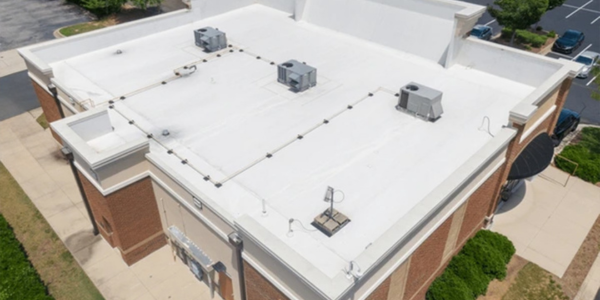
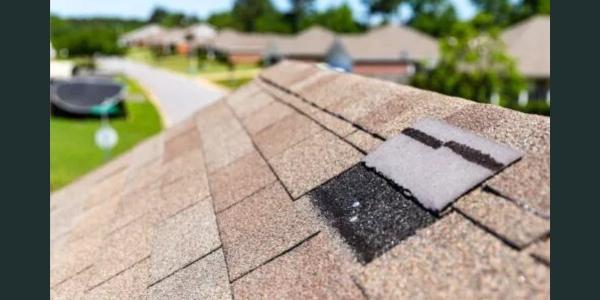
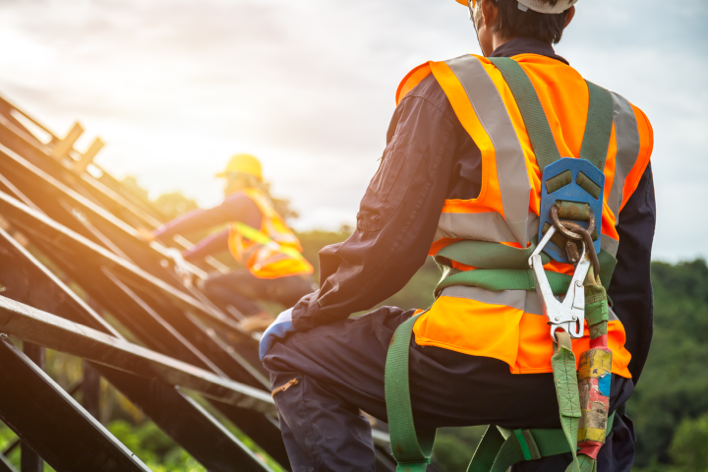



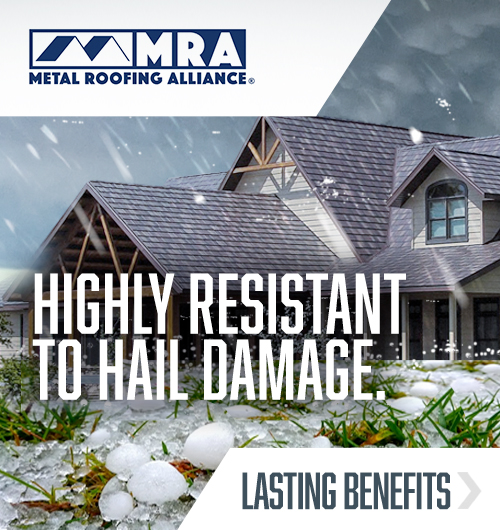
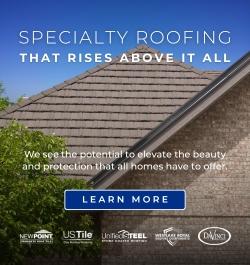

Comments
Leave a Reply
Have an account? Login to leave a comment!
Sign In